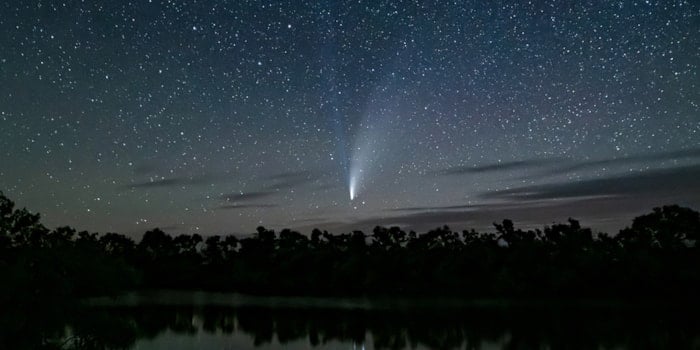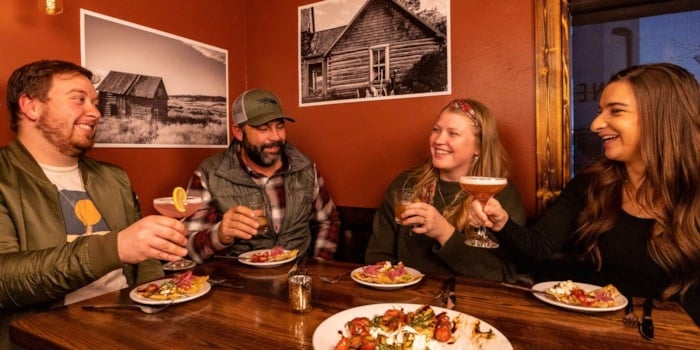We Are Looking For Dinosaur Fossils
Posted July 12, 2012
 Our group of exploring kids set off early the other day to get a glimpse of what the area looked like where dinosaurs once roamed.
Our group of exploring kids set off early the other day to get a glimpse of what the area looked like where dinosaurs once roamed.
We were on the Rocky Mountain Front west of Choteau. The scenic backdrop is stunning with a wide open view of the Rocky Mountains. We also had pretty blue sky with occasional clouds – nice!
There was very little vegetation where we were walking in search of dinosaur bones.
It’s early July and our mid summer heat has started to dry out what sparse vegetation there is in this area. I can almost hear the brittle grass crunching under my feet as we walk.
Staff from Two Medicine Dinosaur Center in the small town of Bynum, MT are leading the way and explaining the difference between dinosaur fossils and rocks. And, this isn’t an easy task! One thing in our favor, this site seems to be filled with fossils.
As we walk along fossils and rocks are picked up, handed to Two Medicine staff and then we wait for the answer. Did we find a dinosaur fossil or just a plain old rock?
 We learned that fossils from dinosaurs could easily be scattered – not all articulated (in one piece…another thing I learned). Predators and scavengers could easily drag bones away from a main skeleton. Rain and runoff from snowmelt could easily cause something to wash away. That all made sense when it was explained to us. It also told me that we probably weren’t going to walk around a bluff and find a huge dinosaur skeleton laying on the ground.
We learned that fossils from dinosaurs could easily be scattered – not all articulated (in one piece…another thing I learned). Predators and scavengers could easily drag bones away from a main skeleton. Rain and runoff from snowmelt could easily cause something to wash away. That all made sense when it was explained to us. It also told me that we probably weren’t going to walk around a bluff and find a huge dinosaur skeleton laying on the ground.
Another fun tidbit we were told was about the “lick test”. Some paleontology experts can tell a dinosaur fossil by licking it. Well, we are in the middle of a cow pasture and that’s not anything I’m thinking of doing!
We end up licking our fingers, then trying to stick the fossil to our wet finger. And, you can see, it works if it’s a dinosaur fossil.
After we locate a site that we think is worth excavation we practice using some survey equipment. We estimate how much of the site we want to excavate and, line up both survey instruments and record a ton of numbers. Each time the survey instruments are moved we need more numbers written in a log. Specific location coordinates, the date, and a numbering system to identify Two Medicine Dinosaur Center.
 There’s a lot more to digging up dinosaur bones than meets the eye!
There’s a lot more to digging up dinosaur bones than meets the eye!
Most of the kids were able to use the survey equipment and some recorded data. But, I could tell they were itching to do some actual “hands in the dirt” activity.
Stay tuned – we finally get to use little picks (very little) and paintbrushes in our quest for dinosaur fossils.
Recent Posts

May 30, 2023
Silence the noise, escape the hurry, and feel light years away in the dark skies of Central Montana – where…
Read More
November 24, 2023
It’s wintertime and the holiday season is in full swing in Central Montana! If you’re in the region visiting friends…
Read More
February 16, 2024
If Central Montana is the Heart of the Big Sky, then Lewistown would be one of its main heartbeats. Geographically…
Read More









